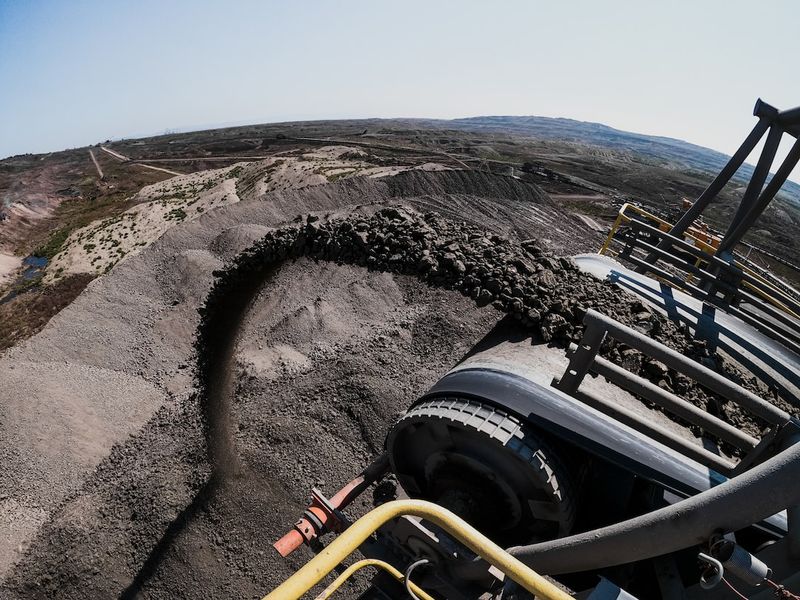Regulators cite Red Dog mine owner for 13 safety violations
October 5, 2023 | Fairbanks, Alaska – Federal mine-safety regulators have cited the owners of the Red Dog mine for 13 violations found during inspections in August. The Red Dog mine, located near Kotzebue, is one of the largest zinc and lead mines in the world. While the mine has a history of violating federal health and environmental laws, these violations specifically involve safety hazards for miners.
Addressing the Violations
The mine’s owner, Teck Alaska, has reportedly taken action to address the safety violations. A spokesperson for Teck Alaska emphasized their commitment to the health and safety of their employees. The federal Department of Labor confirms that Teck Alaska has addressed all 13 citations but has yet to indicate whether they will contest the violations and penalties.
The Violations and Penalties
The Mine Safety and Health Administration (MSHA) has fined Teck Alaska over $46,000 and proposed penalties for all 13 violations. Eight of these violations were classified as significant and substantial. Seven of the violations could have resulted in slip, trip or fall incidents, while one involved a failure to provide safe access to a work area. In addition to the fines, MSHA has ordered Teck Alaska to correct a trip and fall hazard in one work area where rock and mud had accumulated.
Safety and Accountability in the Mining Industry
The citations and fines imposed on Teck Alaska highlight the importance of maintaining a safe working environment in the mining industry. As one of the largest zinc and lead mines in the world, the Red Dog mine has a responsibility to uphold high safety standards for its employees. Safety hazards not only jeopardize the well-being of the miners but also undermine public trust in the mining industry as a whole.
Addressing safety violations promptly and effectively is a critical step in ensuring the protection of workers’ rights and well-being. Mine owners and operators must be proactive in identifying potential hazards and providing adequate training and resources to prevent accidents. Furthermore, regulatory agencies such as MSHA play a crucial role in monitoring compliance with safety standards and holding violators accountable.
Environmental and Social Impact
While the focus of these violations is on worker safety, it is essential not to overlook the broader environmental and social impact of mining operations. The Red Dog mine has a history of violating federal health and environmental laws and regulations, which raises concerns about the mine’s impact on local ecosystems and communities.
Mining operations must operate with a commitment to sustainability and responsible environmental practices. This entails minimizing any potential harm caused by mining activities, including proper disposal of waste materials, mitigating pollution, and protecting natural resources. Community engagement and consultation are also vital to ensure that the benefits and risks associated with mining are fairly distributed.
Editorial: The Need for Stricter Regulations
The recurring safety violations at the Red Dog mine highlight the need for stricter regulations and improved enforcement mechanisms in the mining industry. While it is commendable that Teck Alaska has addressed the violations promptly, the fact that these violations occurred in the first place raises concerns about the effectiveness of current regulation and oversight.
There is a delicate balance to be struck between promoting economic growth and ensuring the safety and well-being of workers and communities affected by mining operations. Stricter regulations should aim to not only prevent accidents but also address broader environmental and social concerns associated with mining.
Additionally, regulatory agencies like MSHA must have sufficient resources and authority to conduct thorough inspections, enforce compliance, and mete out appropriate penalties for safety violations. The consequences of not prioritizing the well-being of workers in the mining industry can be devastating, both for individuals and for the industry’s reputation as a whole.
Advice: Prioritizing Safety in the Mining Industry
For Mine Owners and Operators
Owners and operators of mines, including Teck Alaska, should prioritize the following measures to ensure the safety of their employees:
- Regular safety inspections and audits to identify potential hazards
- Comprehensive safety training programs for all employees
- Providing adequate personal protective equipment
- Maintaining clear communication channels for reporting safety concerns
- Promoting a culture of safety and accountability throughout the organization
For Regulatory Agencies
Regulatory agencies, such as MSHA, can contribute to improving safety in the mining industry by:
- Strengthening regulations to address emerging safety challenges
- Increasing the frequency and rigor of inspections
- Enhancing training and resources for agency inspectors
- Collaborating with industry stakeholders to develop best practices
- Enforcing compliance through stricter penalties and consequences for violations
For Communities and Advocacy Organizations
Communities affected by mining operations and advocacy organizations can play a vital role in holding mine owners and regulatory agencies accountable. Key steps include:
- Ensure transparency and public access to information regarding mining operations and safety records
- Advocate for stronger regulations and oversight mechanisms through lobbying and public engagement
- Support local initiatives that promote sustainable mining practices and protect community interests
- Encourage dialogue and collaboration among industry stakeholders to address concerns and find mutually beneficial solutions
By collectively prioritizing safety and sustainability, we can strive to create a mining industry that not only generates economic prosperity but also safeguards the well-being of its workers and the environment.

<< photo by Albert Hyseni >>
The image is for illustrative purposes only and does not depict the actual situation.




